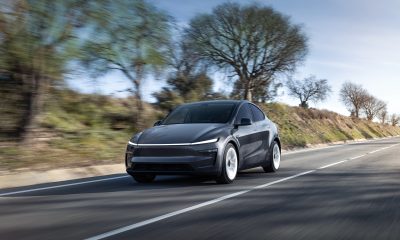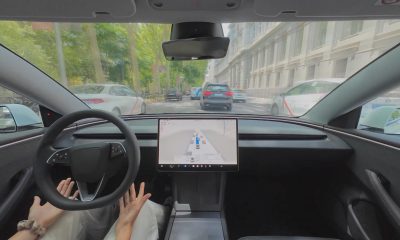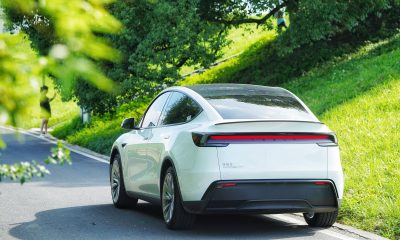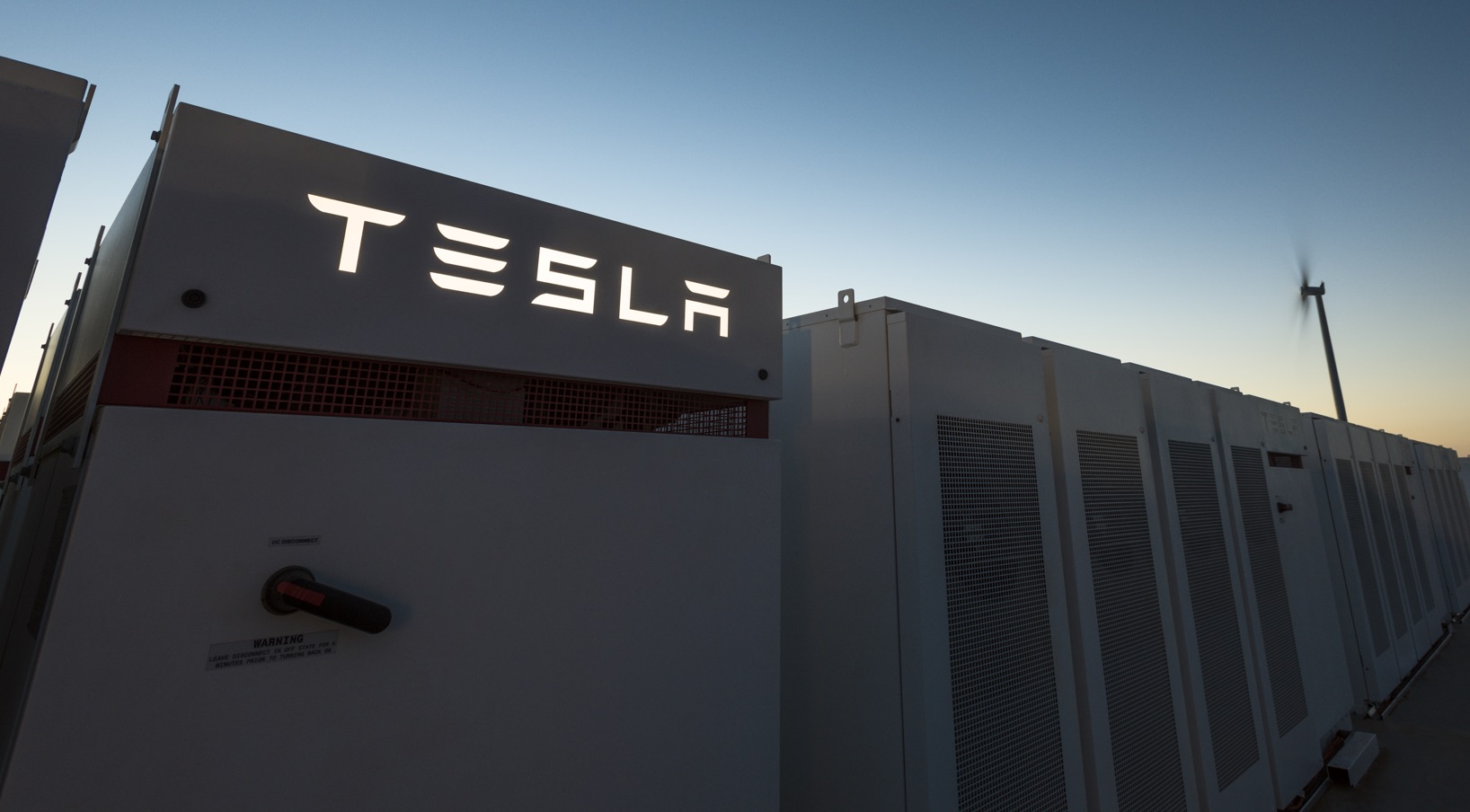

Energy
Tesla Energy is quietly setting its sights on peaker plants
Behind the spotlights trained on the Model 3 production ramp and Elon Musk’s online behavior, Tesla’s Energy business is quietly growing and spreading its reach. Tesla notes that its deployment of stationary batteries, which are designed to supply electricity to residential homes, businesses, and even the power grid, surged 450% in the first six months of 2018 alone. These figures are well in line with Elon Musk’s statement during the Q2 2018 earnings call, when he noted that Tesla Energy is growing at such a pace that it would likely catch up and exceed the company’s electric car business in the future.
During the 2018 Annual Shareholder Meeting, Elon Musk announced that Tesla managed to hit a milestone of installing 1 GWh of energy storage to projects worldwide. This is only the beginning, though, as the company is aiming to double its battery storage installations within the next 12 months. Just like its electric cars like the Model 3, Tesla’s energy products like the Powerwall 2 home battery system are seeing overwhelming demand from customers — so much so that installations for the products are quite delayed. In Tesla’s website alone, the company notes that new Powerwall 2 orders would likely not be filled until “late 2018” at the earliest.
Despite the company currently being unable to meet production, Tesla CTO JB Straubel noted in a recent statement to the San Francisco Chronicle that Tesla’s battery production would likely catch up early next year. Straubel stated that while Tesla is scaling production as fast as it could, there are still delays as the demand for the residential market continues to be larger than expected. Demand from utility providers has remained strong as well. Back in June, for example, the company landed a contract with Pacific Gas and Electric Co. to install its industrial-grade Powerpack batteries to store 730 MWh of electricity in Moss Landing; and that’s just one of several high-profile projects that the company is engaged in.
Tesla’s Powerpack farm in South Australia. 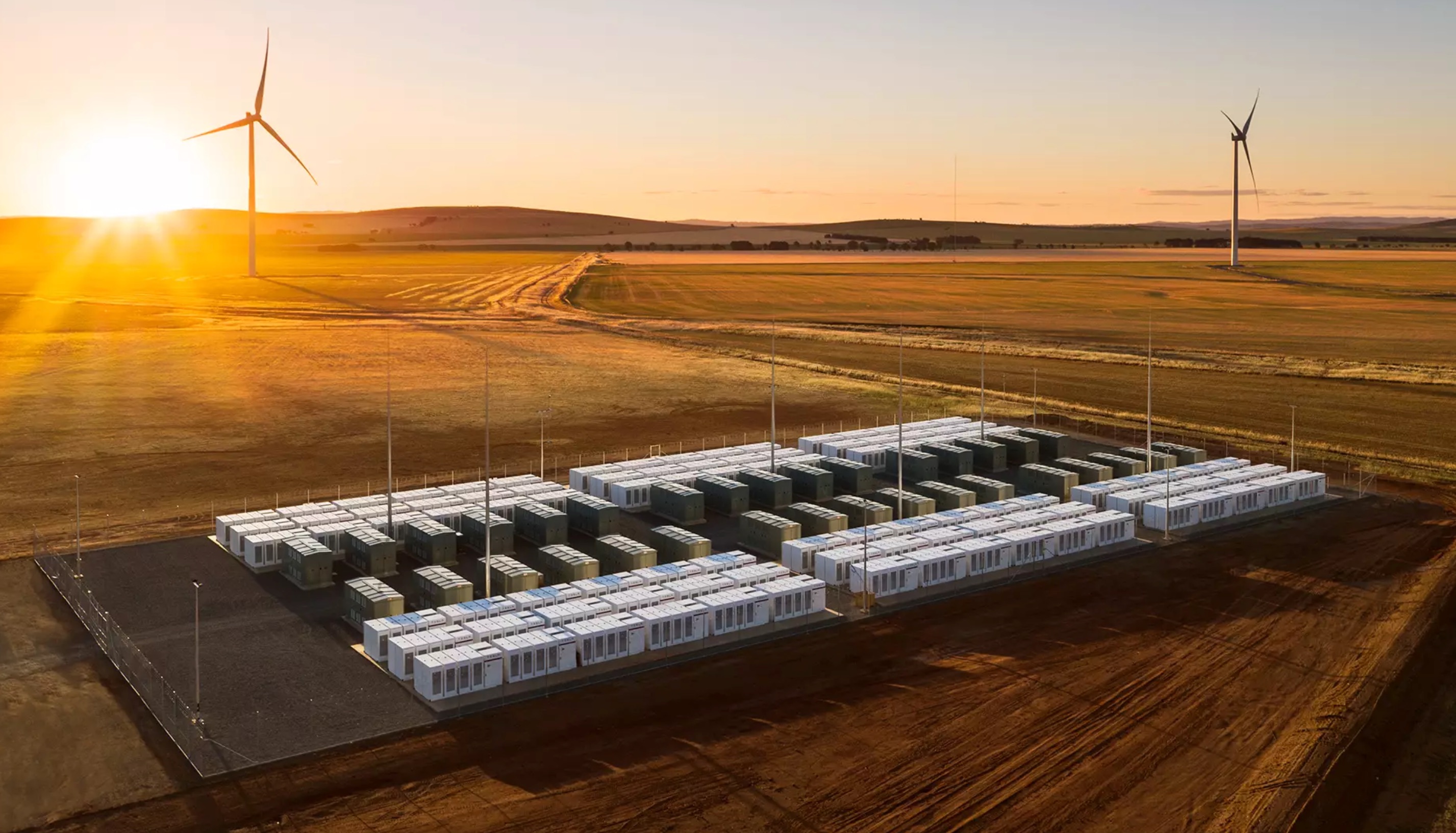
Tesla’s energy storage solutions are starting become more and more accepted by utility companies, particularly since battery technology has reached a point where it now has the potential to replace inefficient and dirty “Peaker” power plants, which are powered on when the demand for electricity is at its highest. Straubel believes that battery solutions such as those offered by Tesla Energy are poised to outcompete conventional peaker plants.
“I think what we’ll see is we won’t build many new peaker plants, if any. Already what we’re seeing happening is the number of new ones being commissioned is drastically lower, and batteries are already outcompeting natural gas peaker plants,” Straubel said.
Tesla Energy’s initiative to eventually replace peaker power plants is very similar to the company’s efforts to render fossil fuel-powered automobiles obsolete. Elon Musk is known to have said that Tesla will not stop “until every car on the road is electric.” Considering the CTO’s recent statements, it appears that Tesla Energy would likely not stop until all backup power plants are powered by renewable energy as well.
Tesla will actually be doing the world a favor if its Energy business ends up helping in the transition of the power industry away from peaker plants. Peaker plants, after all, are responsible for a lot of pollution. A case study of the facilities in CA cited by the Clean Energy Group noted that peaker plants emit roughly 30% more carbon dioxide per megawatt-hour than natural gas combined-cycle plants, which are increasingly being used as base load plants. The case study also noted that 84% of peaker plants are located in areas that are vulnerable to environmental damage. On top of this, peaker plants are actually quite costly for consumers, considering that they are utilized when demand for electricity is at its highest.
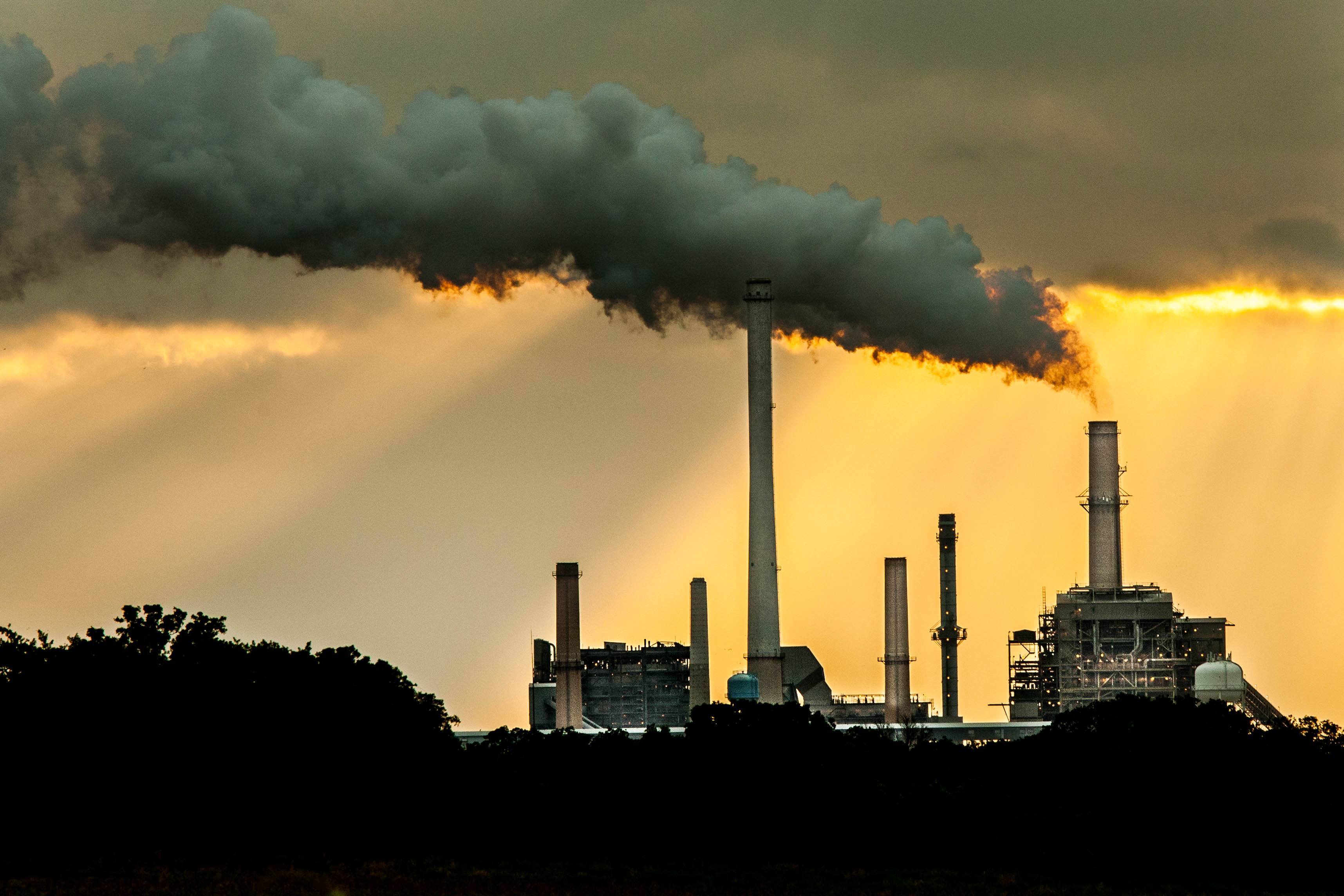
Tesla Energy’s goal of eventually replacing peaker plants might be ambitious, but it is not impossible, especially since the United States’ energy storage business has been seeing growth over the past years. A study from GTM Research, for one, estimates that the sales of energy storage for both residential and utility markets in the US would likely hit $541 million this year, before passing $1 billion in 2019, and hitting $4.6 billion in 2023. If Tesla can ramp its energy business within the coming years, the company could position itself strategically in what could very well be an upcoming energy gold rush.
Tesla’s energy business usually takes a back seat to the company’s electric car division, but the updates that the company has teased regarding its battery technology are very encouraging. During the 2018 Annual Shareholder Meeting, for one, Elon Musk mentioned that Tesla is now aiming to hit a cost of $100 per kWh at the pack level.
“We think at the cell level probably we can do better than $100/kWh maybe later this year depending upon stable commodity prices. With further improvements to the cell chemistry, the production process, and more vertical integration on the cell side, for example, integrating the production of cathode and anode materials at the Gigafactory, and improved design of the module and pack, we think long-term we can get below $100/kWh at the pack level,” he said.
Energy
Tesla Lathrop Megafactory celebrates massive Megapack battery milestone
The Tesla Megapack is the backbone of Tesla Energy’s battery deployments.
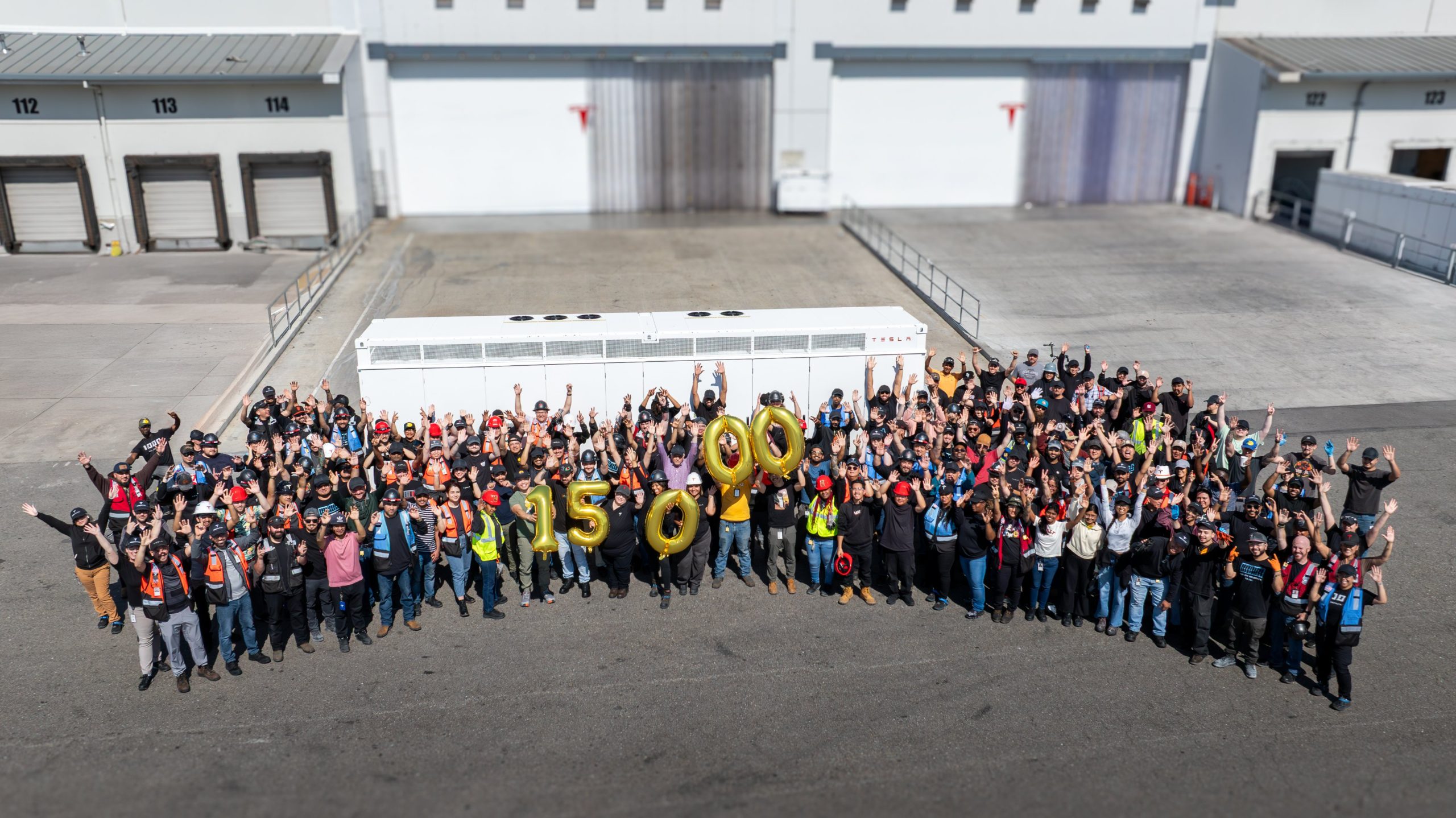
The Tesla Lathrop Megafactory recently achieved a new milestone. As per the official Tesla Megapack account on X, the Lathrop Megafactory has produced its 15,000th Megapack 2 XL battery.
15,000 Megapack Batteries
Tesla celebrated the milestone with a photo of the Lathrop Megafactory team posing with a freshly produced Megapack battery. To commemorate the event, the team held balloons that spelled out “15,000” as they posed for the photo.
The Tesla Megapack is the backbone of Tesla Energy’s battery deployments. Designed for grid-scale applications, each Megapack offers 3.9 MWh of energy and 1.9 MW of power. The battery is extremely scalable, making it perfect for massive energy storage projects.
More Megafactories
The Lathrop Megafactory is Tesla’s first dedicated facility for its flagship battery storage system. It currently stands as the largest utility-scale battery factory in North America. The facility is capable of producing 10,000 Megapack batteries every year, equal to 40 GWh of clean energy storage.
Thanks to the success of the Megapack, Tesla has expanded its energy business by building and launching the Shanghai Megafactory, which is also expected to produce 40 GWh of energy storage per year. The ramp of the Shanghai Megafactory is quite impressive, with Tesla noting in its Q1 2025 Update Letter that the Shanghai Megafactory managed to produce over 100 Megapack batteries in the first quarter alone.
Tesla Energy’s Potential
During the first quarter earnings call, CEO Elon Musk stated that the Megapack is extremely valuable to the energy industry.
“The Megapack enables utility companies to output far more total energy than would otherwise be the case… This is a massive unlock on total energy output of any given grid over the course of a year. And utility companies are beginning to realize this and are buying in our Megapacks at scale,” Musk said.
Energy
Tesla Megapacks powers the xAI Colossus supercomputer
Tesla Megapacks step in to stabilize xAI’s Colossus supercomputer, replacing natural gas turbines. Musk’s ventures keep intertwining.
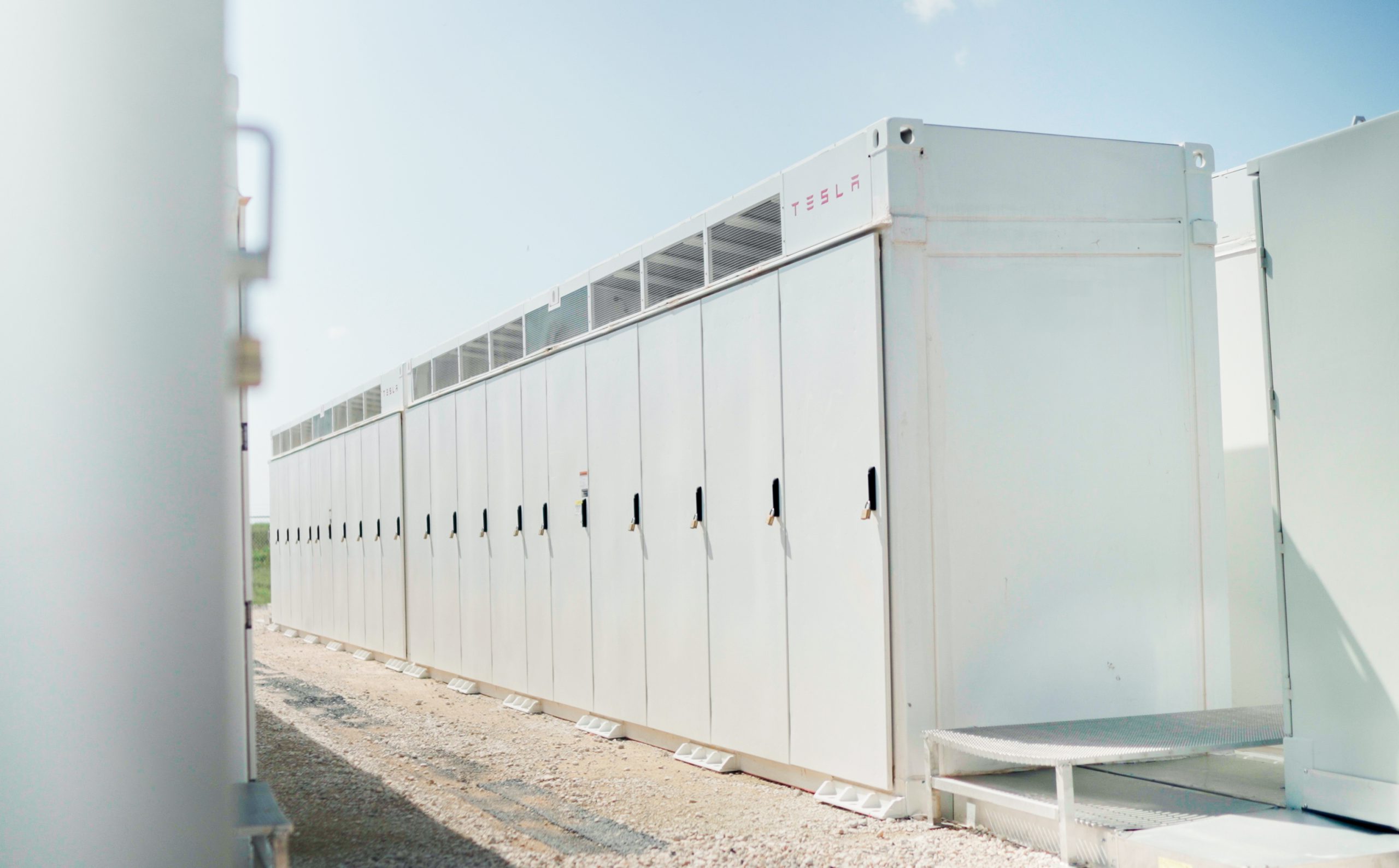
Tesla Megapack batteries will power the xAI Colossus supercomputer in Memphis to ensure power stability. The collaboration between Tesla and xAI highlights the synergy among Elon Musk’s ventures.
The artificial intelligence startup has integrated Tesla Megapacks to manage outages and demand surges, bolstering the facility’s reliability. The Greater Memphis Chamber announced that Colossus, recently connected to a new 150-megawatt electric substation, is completing its first construction phase. This transition addresses criticism from environmental justice groups over the initial use of natural gas turbines.
“The temporary natural gas turbines that were being used to power the Phase I GPUs prior to grid connection are now being demobilized and will be removed from the site over the next two months.
“About half of the operating turbines will remain operating to power Phase II GPUs of xAI until a second substation (#22) already in construction is completed and connected to the electric grid, which is planned for the Fall of 2025, at which time the remaining turbines will be relegated to a backup power role,” the Chamber stated.
xAI’s rapid development of Colossus reflects its ambition to advance AI capabilities, but the project has faced scrutiny for environmental impacts. The shift to Megapacks and grid power aims to mitigate these concerns while ensuring operational continuity.
The Megapack deployment underscores the collaboration among Musk’s companies, including Tesla, SpaceX, Neuralink, and The Boring Company. Tesla appears to be the common link between all of Musk’s companies. For example, The Boring Company built a tunnel in Giga, Texas. In addition, Musk has hinted at a potential collaboration between the Tesla Optimus Bot and Neuralink. And from January 2024 to February 2025, xAI invested $230 million in Megapacks, per a Tesla filing.
Tesla Energy reported a 156% year-over-year increase in Q1 2025, deploying 10.4 GWh of storage products, including Megapacks and Powerwalls. Tesla’s plans for a new Megapack factory in Waller County, Texas, which is expected to create 1,500 jobs in the area, further signal its commitment to scaling energy solutions.
As xAI leverages Tesla’s Megapacks to power Colossus, the integration showcases Musk’s interconnected business ecosystem. The supercomputer’s enhanced stability positions xAI to drive AI innovation, while Tesla’s energy solutions gain prominence, setting the stage for broader technological and economic impacts.
Energy
Tesla Energy celebrates one decade of sustainability
Tesla Energy has gone far since its early days, and it is now becoming a progressively bigger part of the company.
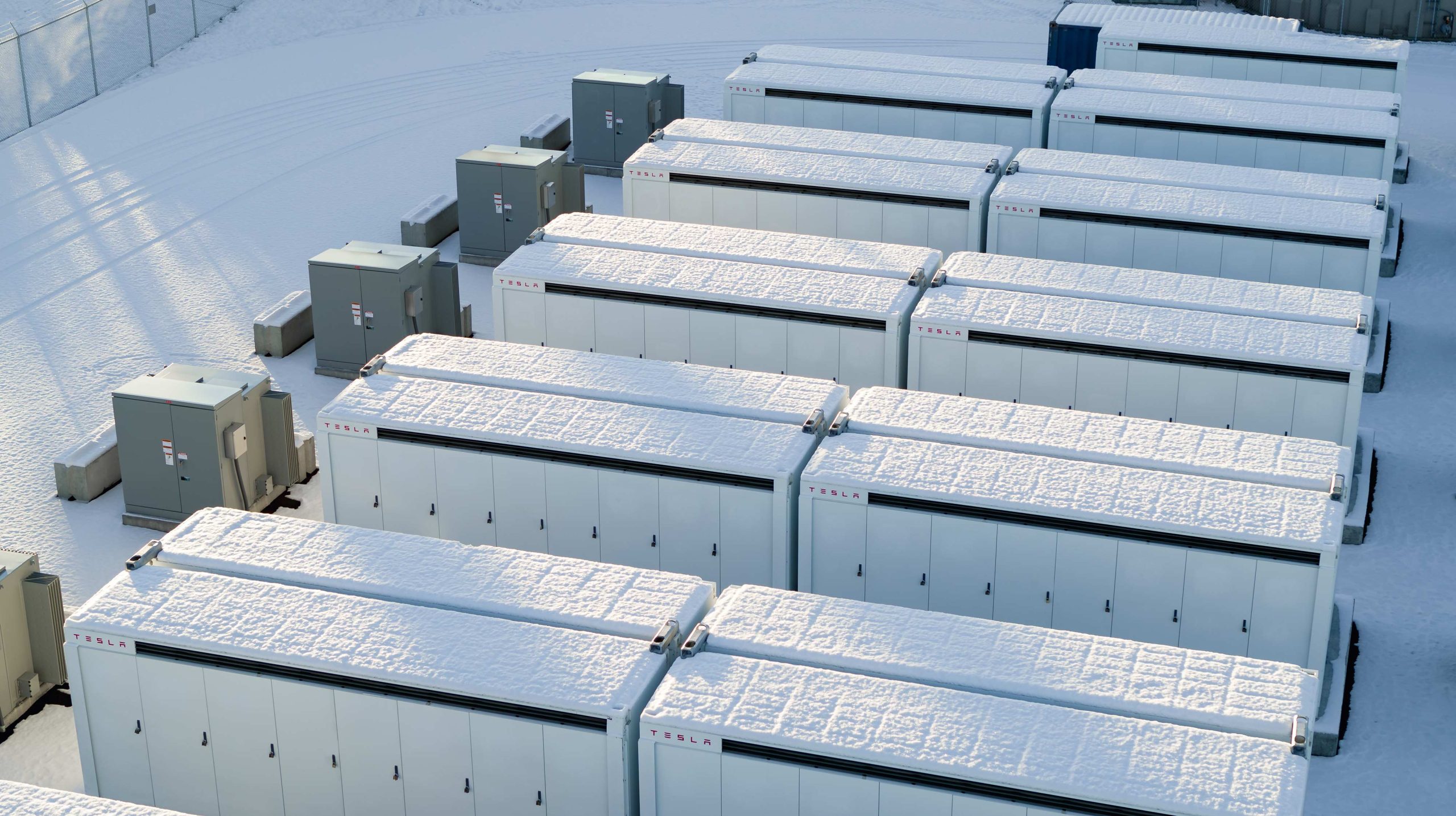
Tesla Energy recently celebrated its 10th anniversary with a dedicated video showcasing several of its milestones over the past decade.
Tesla Energy has gone far since its early days, and it is now becoming a progressively bigger part of the company.
Tesla Energy Early Days
When Elon Musk launched Tesla Energy in 2015, he noted that the business is a fundamental transformation of how the world works. To start, Tesla Energy offered the Powerwall, a 7 kWh/10 kWh home battery system, and the Powerpack, a grid-capable 100 kWh battery block that is designed for scalability. A few days after the products’ launch, Musk noted that Tesla had received 38,000 reservations for the Powerwall and 2,500 reservations for the Powerpack.
Tesla Energy’s beginnings would herald its quiet growth, with the company later announcing products like the Solar Roof tile, which is yet to be ramped, and the successor to the Powerwall, the 13.5 kWh Powerwall 2. In recent years, Tesla Energy also launched its Powerwall 3 home battery and the massive Megapack, a 3.9 MWh monster of a battery unit that has become the backbone for energy storage systems across the globe.
Key Milestones
As noted by Tesla Energy in its recent video, it has now established facilities that allow the company to manufacture 20,000 units of the Megapack every year, which should help grow the 23 GWh worth of Megapacks that have already been deployed globally.
The Powerwall remains a desirable home battery as well, with more than 850,000 units installed worldwide. These translate to 12 GWh of residential entry storage delivered to date. Just like the Megapack, Tesla is also ramping its production of the Powerwall, allowing the division to grow even more.
Tesla Energy’s Role
While Tesla Energy does not catch as much headlines as the company’s electric vehicle businesses, its contributions to the company’s bottom line have been growing. In the first quarter of 2025 alone, Tesla Energy deployed 10.4 GWh of energy storage products. Powerwall deployments also crossed 1 GWh in one quarter for the first time. As per Tesla in its Q1 2025 Update Letter, the gross margin for the Energy division has improved sequentially as well.
-

 Elon Musk4 days ago
Elon Musk4 days agoTesla investors will be shocked by Jim Cramer’s latest assessment
-

 News1 week ago
News1 week agoTesla Robotaxi’s biggest challenge seems to be this one thing
-

 Elon Musk2 weeks ago
Elon Musk2 weeks agoFirst Look at Tesla’s Robotaxi App: features, design, and more
-

 News2 weeks ago
News2 weeks agoWatch Tesla’s first driverless public Robotaxi rides in Texas
-

 News2 weeks ago
News2 weeks agoSpaceX and Elon Musk share insights on Starship Ship 36’s RUD
-

 News1 week ago
News1 week agoWatch the first true Tesla Robotaxi intervention by safety monitor
-

 News2 weeks ago
News2 weeks agoTesla has started rolling out initial round of Robotaxi invites
-

 Elon Musk2 weeks ago
Elon Musk2 weeks agoTesla to launch in India in July with vehicles already arriving: report


